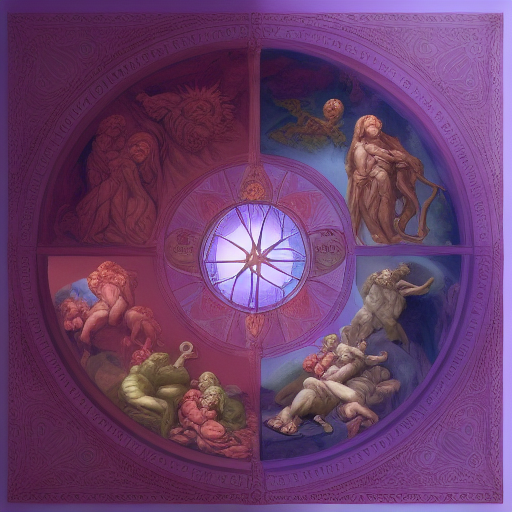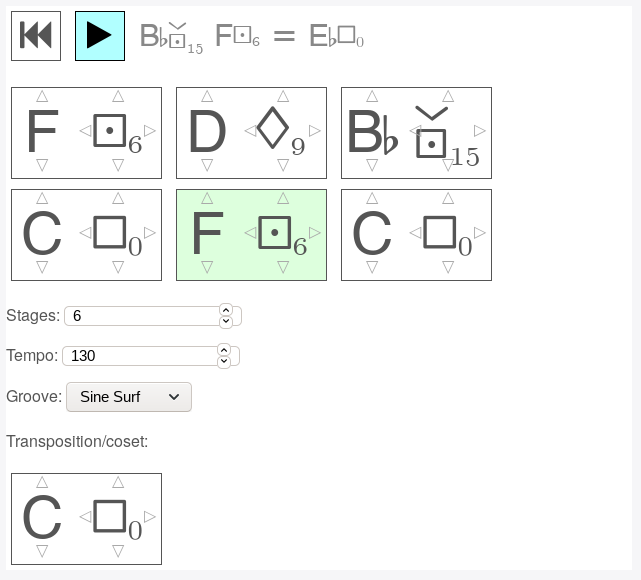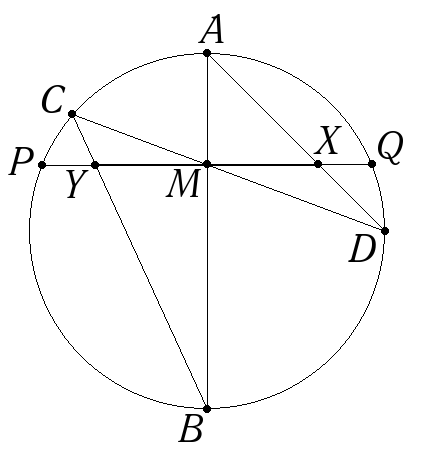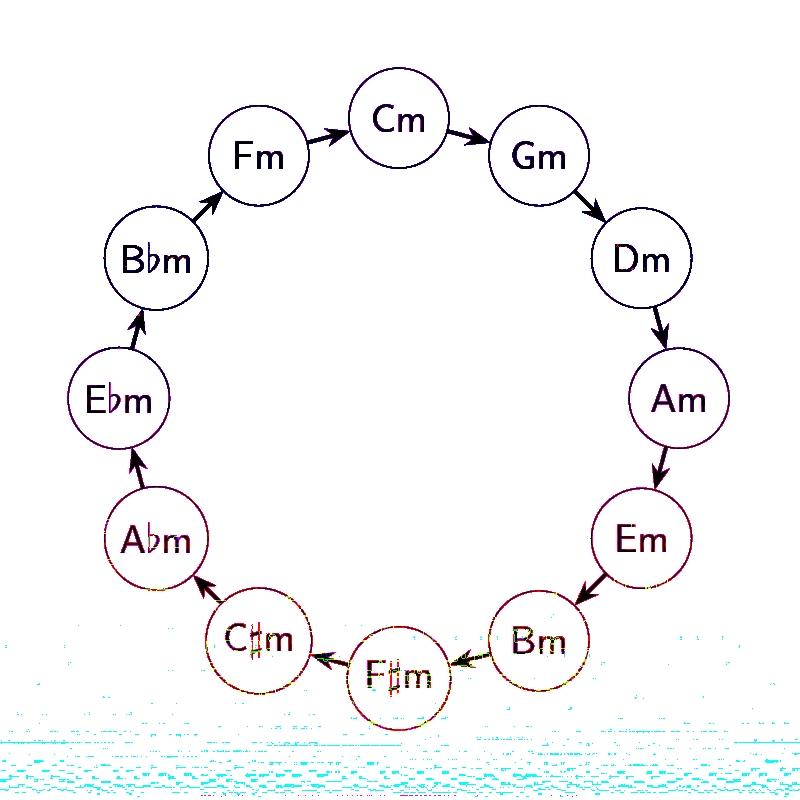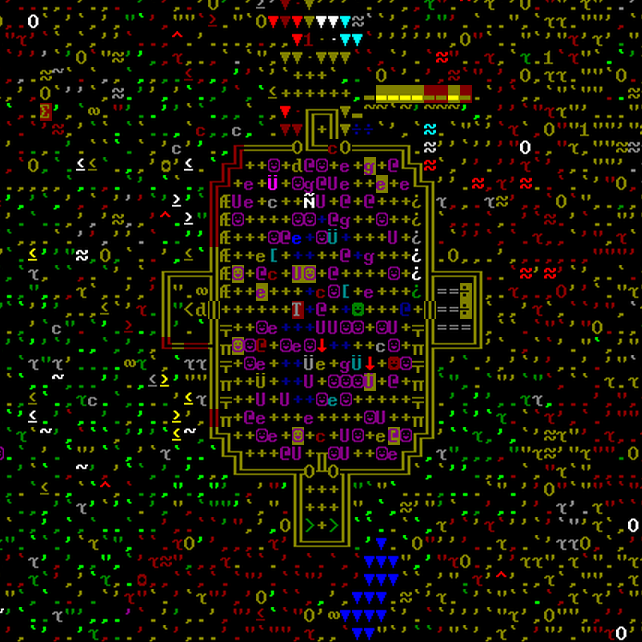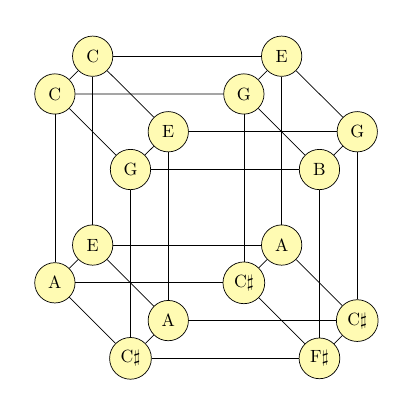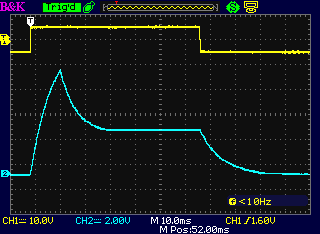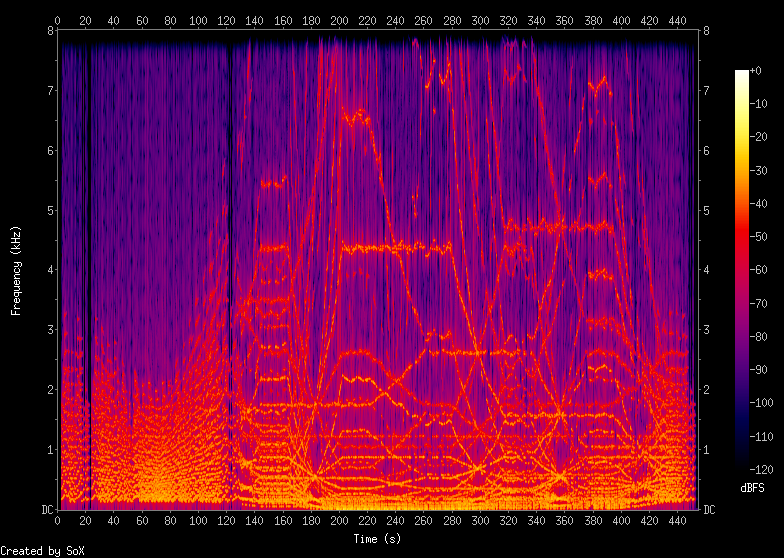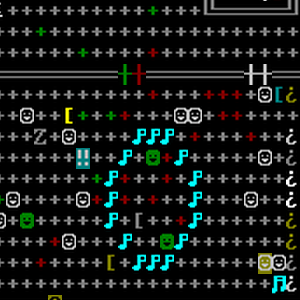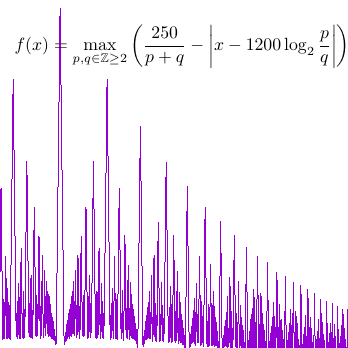tag "music"
Carmilla
I posted my latest composition project on the audio server a few days ago. It's called the Carmilla suite, and it's a neo-Baroque piece for piano four hands. READ MORE
Dispensations
The MSK 015 Quad VCA is an important milestone for North Coast Synthesis because it's the last missing piece for building a complete synthesizer: with this module and the rest of the North Coast line, it's possible to make music without needing any modules from other manufacturers. Partly to celebrate the release, and partly because I needed some better audio demos to post in the storefront, I spent most of June writing and recording music with my own modules. READ MORE
Do you really want that scope?
In-rack oscilloscope Eurorack modules come up pretty often on wish lists and ModularGrid fantasy racks. Many people, and especially beginners, seem to think oscilloscope modules are useful, oscilloscope modules may even be must-have modules, and they want those oscilloscope modules. If you are one of those people, I hope you will think carefully before shelling out for an oscilloscope module. They are less valuable for musical performance than you may imagine, and here are some examples pointing at why. READ MORE
A fractal sequencer toy
Here's a fractal chord sequencer you can play right in your browser. READ MORE
Fat sounds and thick pads
From time to time we hear people claim that one synthesizer sounds more "fat" than another. For the sound to be fat is supposed to be a good thing. This is often cited as an advantage of analog synths over digital; or of one analog synth over another. Somehow it always seems to be the most expensive equipment that sounds fattest. READ MORE
Aconcagua
Every so often I come back to the idea of generating self-similar or "fractal" chord progressions by recursively applying grammar rules, as in my 2015 composition Dharmapala. I like the general method described in that article, but one thing I don't like so much about the finished piece is that it sounds the same all the way through. There's a little bit of "development" or shift in texture over the course of the piece, largely driven just by my performance-time changes to the synthesizer settings and the fact that I allow the notes to be chosen from a wider range toward the end. READ MORE
Vexations
Erik Satie was a French composer who lived around the turn of the 20th Century and did a number of bizarre things, including the creation of a piece of music called Vexations which was not published during his lifetime but which has fascinated people subsequently. It's a single page of music, written with strange notation, containing an instruction that has been translated as "In order to play the theme 840 times in succession, it would be advisable to prepare oneself beforehand, and in the deepest silence, by serious immobilities." Although what that's really intended to mean is not clear, it's often interpreted as saying that the music on the page should be repeated 840 times, which makes a performance of the complete piece on the order of 24 hours long. READ MORE
What's Euclid got to do with it?
There's a lot of talk in modular synthesis circles about what people call "Euclidean" rhythms, which are claimed to exist in most kinds of traditional music around the world. Unfortunately, this concept is often oversold, and presented in a way that makes it sound much more complicated than it is. READ MORE
Ambient chord progressions
I get a lot of questions about ambient chord progressions. Actually, I don't get any questions about ambient chord progressions. What I get is search engine traffic from people who were looking for that on the Net, and end up reading my old article about fractal chord progressions, which may or may not be much help to them. READ MORE
More music of the dwarves
I've written before about the music of Dwarf Fortress - not just music to listen to while playing (which is the main thing you can find if you search the Web for this topic) but the music described in-game. The game simulates a procedurally-generated fantasy world full of different species of intelligent creatures (dwarves, elves, humans, etc.); game characters sometimes are described as playing music; and for each simulated culture, the game software generates a description of that culture's music. READ MORE
Walking the hypercube
Here is the skeleton of a four-dimensional hypercube, or tesseract, with the vertices labelled by musical note names. READ MORE
Modular synthesis intro, part 13: Envelope generators
This is Part 13 of a series that started with Part 1. READ MORE
Alternate harmony with additive synthesis
Much of musical harmony comes down to combining notes that share harmonics. Sounds produced by (some...) physical objects typically have consistent waveforms, where each wave is the same shape as the last. That is also typical of modular-synth oscillators; and its consequence is that the spectrum always consists of a sum of sine waves all at integer multiples called harmonics of one frequency called the fundamental. The proportions and phases of the different harmonics determine the shape of the waves, and those can vary a lot, but the general pattern of integer multiples is fixed. If you play a note like D with a fundamental frequency of 293.7 Hz, it will have its harmonics at 293.7 Hz, 587.4 Hz, 881.1 Hz, 1174.8 Hz, 1468.5 Hz, 1762.2 Hz, and so on. READ MORE
The Music of the Dwarves
Orid Oru, "The Universes of Forever": a world not much different from many others, whose most notable feature is a huge inland ocean connected to the outer waters that surround the world only through a small channel in the northwest. The western dwarves of Goden Tarmid "The Rope of Blades" have long followed a complicated prophecy requiring them to send an adventurer around the world, circling the ocean. It was they who built the bridge of Merchantwinds across the strait, making possible, in theory at least, an entirely land-based passage around the world. So far, nobody has actually completed the journey, because there are many dangers along the way. READ MORE
Maximizing inharmonicity
As I've said before, I'm interested in slow ambient drones - sounds that smoothly change their texture over a period of time without any sharp boundaries or beats. If you have something like this playing in the background, I want for it to never grab your attention, but when you occasionally do focus on it, you notice something different each time. In my " Totally tubular" posting last month, I talked a bit about making inharmonic bell sounds using a hardware modular synth. This week I've been playing with additive synthesis in the Csound software modular. READ MORE

